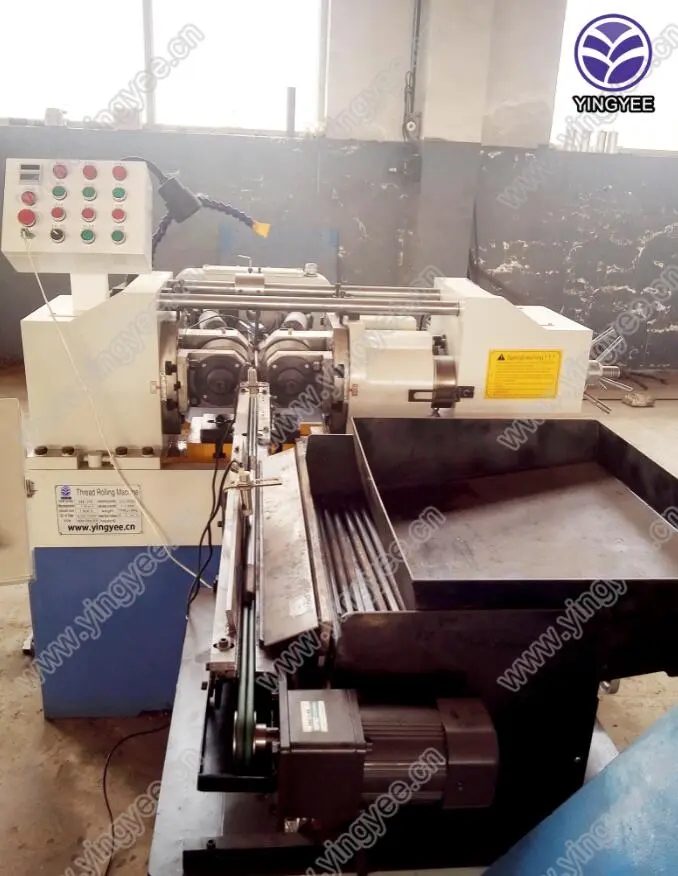
Understanding Light Gauge Steel Framing Machines
In the realm of modern construction, the demand for efficient, durable, and sustainable building materials has become increasingly critical. One of the innovations addressing this need is the light gauge steel framing machine. These machines revolutionize the way structures are built, providing builders with a superior alternative to traditional wood framing systems.
Light gauge steel framing involves using thin, cold-formed steel sections to create the structural framework of buildings. This method offers several advantages over traditional construction materials. Firstly, steel is inherently strong and resistant to various environmental factors such as pests, fire, and moisture. This resilience ensures that structures will maintain their integrity over time, reducing maintenance costs and prolonging building life.
The light gauge steel framing machine automates the production of steel frames, streamlining the construction process significantly. These machines can roll-form steel into various shapes and sizes, allowing for custom designs tailored to specific project requirements. By automating the framing process, builders can achieve a higher level of precision and consistency, minimizing human error and reducing material waste.
Additionally, the use of light gauge steel framing machines can accelerate construction timelines. Projects that traditionally take months can be completed in a fraction of the time, thanks to the speed and efficiency of these machines. This rapid construction capability is particularly advantageous in the fast-paced commercial sector, where time is often a critical factor influencing overall project costs.

Furthermore, light gauge steel structures are lightweight, enabling easier transportation and handling at construction sites. This feature not only simplifies logistics but also reduces the need for heavy machinery, which can be both costly and require additional space. The sustainability aspect of using steel is also noteworthy. Unlike traditional building materials, steel is 100% recyclable, making it a more environmentally friendly option as it minimizes waste and the depletion of natural resources.
Another significant benefit of light gauge steel framing machines is their adaptability to various construction types. Whether for residential buildings, commercial spaces, or industrial structures, these machines can cater to different architectural designs and structural needs. This versatility provides architects and builders with the creative freedom to innovate and implement contemporary designs.
Moreover, the integration of advanced technologies in light gauge steel framing machines, such as computerized control systems and 3D modeling, enhances their functionality. These technologies allow for real-time adjustments and improvements in design accuracy, further ensuring that the final product meets desired outlines and specifications.
In conclusion, light gauge steel framing machines represent a substantial advancement in construction technology. They not only provide significant benefits in terms of durability, speed, and sustainability but also open the door to innovative design possibilities. As the construction industry continues to evolve, embracing these machines will no doubt lead to more efficient building practices and a new standard in quality and performance. As we move towards a more sustainable future, the role of light gauge steel framing is poised to grow, driving the change toward more resilient and eco-friendly construction methods.